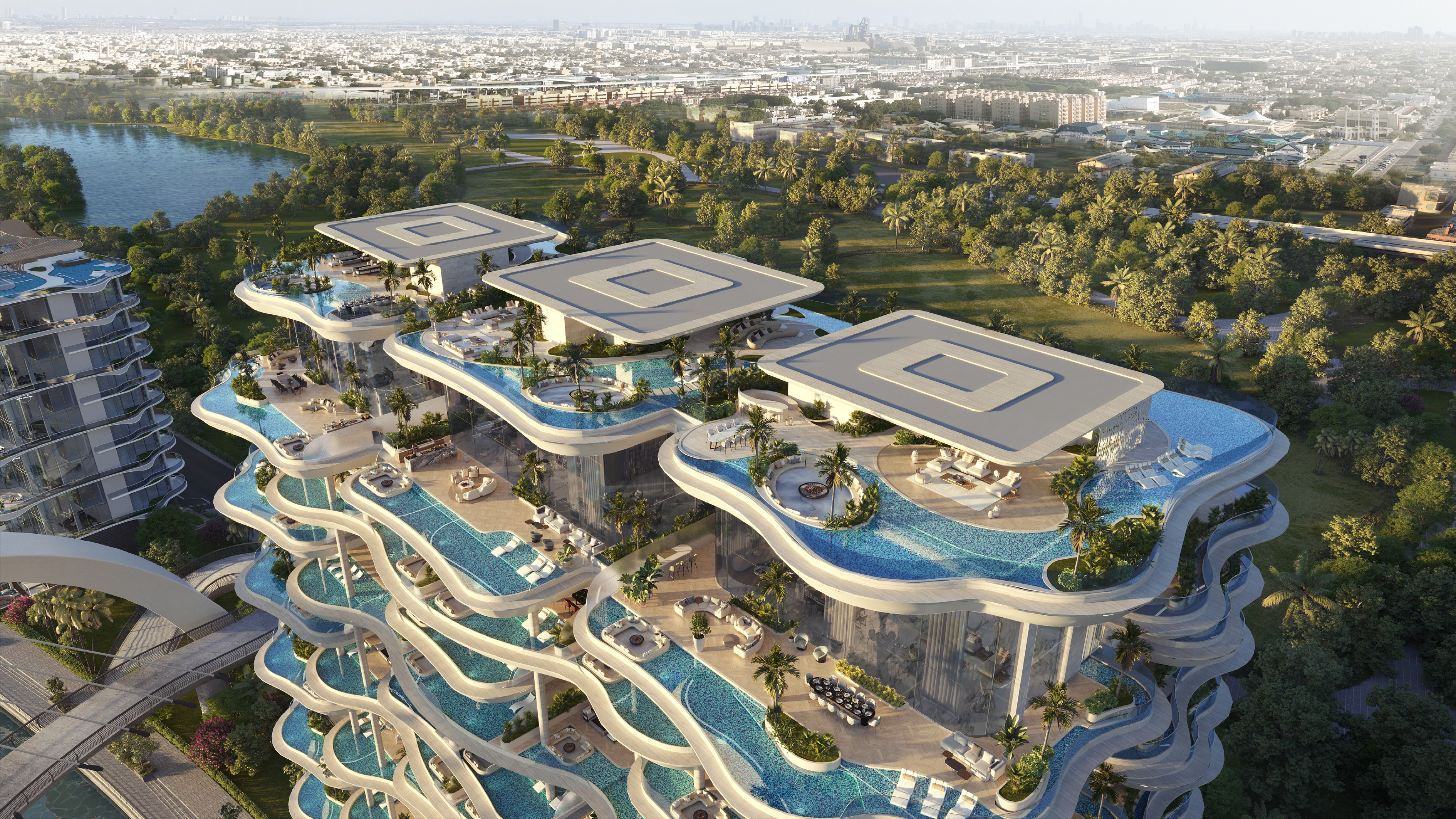
The Climate Conversation
How a changing climate is impacting the world’s top luxury real estate markets
February 12, 2025
Key Takeaways:
• In a recent survey, more than two-thirds of Christie’s International Real Estate agents reported that climate change is impacting their real estate market.
• Depending on the market, buyers are prioritizing climate on various levels – some are just starting to talk about it; for others, it’s at the forefront of the conversation.
• Climate change is pushing developers and governments to adopt new methods of building and prioritize sustainability.
Editors note: This story was researched and written prior to the devastating wildfires that ravaged Los Angeles County in January. As of this writing, more than 1,400 homes and two dozen human lives have been tragically lost, and experts predict the wildfires will cause upwards of $50 billion in property damage. Our thoughts are with our colleagues at Christie’s International Real Estate Southern California along with the tens of thousands of Los Angelenos who have been impacted by the fires. If you would like to help, here is a list of organizations that are providing aid to victims and first responders.
More frequent and stronger storms. Higher temperatures. More intense wildfires. Weather occurrences exacerbated by a shifting climate threaten the nearly one half of the world’s population, which lives in areas highly susceptible to climate events.
In a recent survey, more than two-thirds of Christie’s International Real Estate agents reported that climate change is impacting their real estate market, from in- or out-migration, to building methods and requirements. We conducted interviews with broker-owners in four luxury markets where underlying climate conditions or randomly occurring environmental events impact homes and homeownership: San Francisco, California; Naples, Florida; Geneva, Switzerland; and Dubai, UAE.
The San Francisco Bay, California, USA
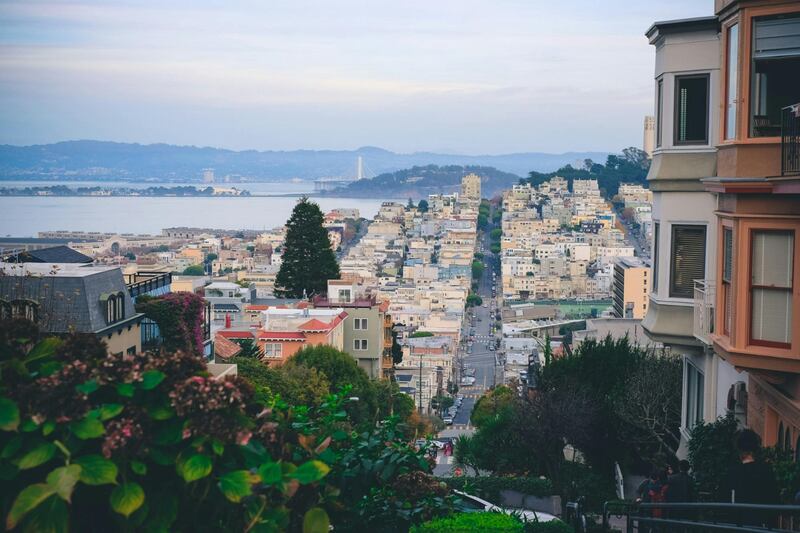
The San Francisco Bay is home to some of the most expensive communities in the United States. From homes overlooking the Pacific Ocean, to the city’s famous colorful Painted Ladies, to spacious estates in the surrounding hills, Bay Area real estate commands some of the world’s highest prices.
The region has experienced its share of climate related events, including the 2017 Tubbs Wildfire, which impacted Napa and Sonoma counties, while sea levels are expected to rise more than nine inches by 2050. Even so, luxury buyers seeking homes in the Bay Area aren’t generally deterred by the potential future impact of these events, says Chris Trapani, CEO of Christie’s International Real Estate Sereno.
To combat climate issues like extreme heat, storms and wildfires, Bay Area developers and homebuilders are beginning to integrate sustainable and resilient designs, with a notable trend in the luxury market toward homes that are prepared for climate shifts. “Fire resistant materials and home-wide energy management systems – digital systems that monitor and control a household’s energy consumption, generation and storage – are no longer seen as extras, but as necessary investments in future-proofing a home,” says Trapani.
New building and landscape codes are also being adopted to protect homes from the effects of wildfires.
For example, in the Marin County town of Mill Valley, and other municipalities classified as very high fire hazard severity zones, property owners are required to create a “defensible space” around their homes by thinning out vegetation and removing dead or dying plants. Now, the state is rolling out even tighter regulations in an effort to further protect residents, prohibiting all vegetation, wood fences and decks and other combustible matter within five feet of a home.
Trapani concludes, “As awareness grows and we experience more weather-related events, the Bay Area is likely to see greater integration of climate resilience and sustainability in home design and urban planning.”
Geneva, Switzerland
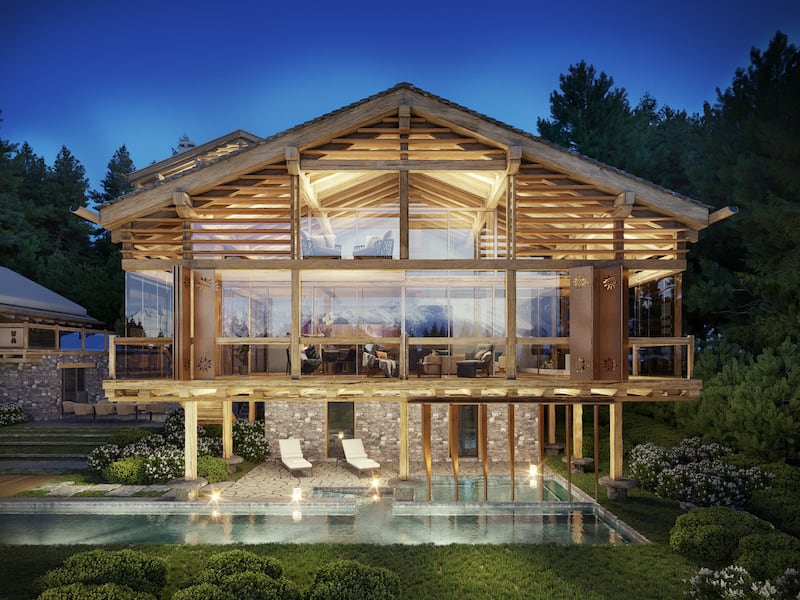
In Geneva, Switzerland, which is impacted by heavy rainfall and Alpine erosion, the climate conversation is also ramping up among luxury buyers and investors.
Maxime Dubus, managing director of SPG One Christie’s International Real Estate, reports that high-net-worth clients are showing increased interest in residences with eco-friendly designs and features that offer resilience against extreme weather-related events.
“There is a clear trend among luxury buyers requesting sustainable buildings, from low-energy design to eco-certifications like Minergie, which certifies that a building has low energy consumption,” says Dubus.
Switzerland has been recognized as one of the most progressive and committed countries for its actions on climate change. This ethos, which can be traced back to the country’s roots as a rural-based economy, is deeply ingrained in Swiss architecture – meaning that environmentally conscious buyers don’t have to look far to find homes offering features and systems that prioritize resource conservation.
But Dubus says that while sustainability transcends price points in Geneva’s housing market, many of the buyers he works with are requesting homes with additional features that raise the bar. “Luxury buyers in our region are increasingly showing interest in homes with eco-friendly features and advanced green technologies, such as solar energy systems and water management solutions,” he explains. “They want assurance that homes can handle environmental shifts without compromising comfort or value.”
Environmental consciousness in Geneva extends to new developments as well, with luxury homes incorporating reinforced structures, green roofs to handle rainfall, and comprehensive energy solutions, including geothermal systems.
Dubai, United Arab Emirates
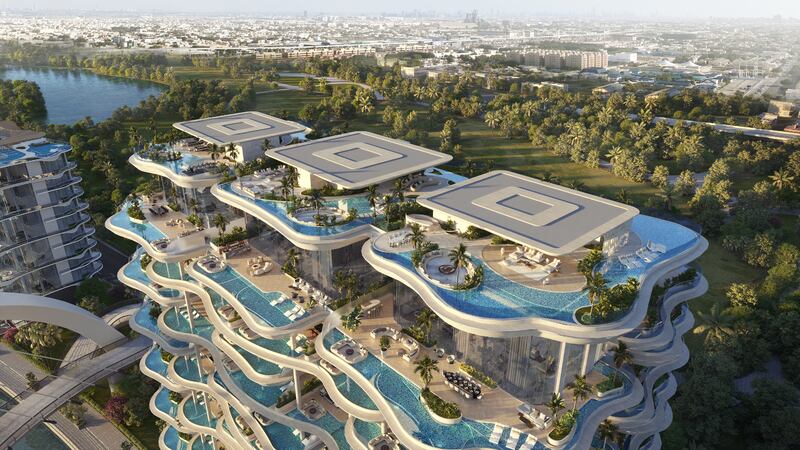
Known for its sleek, record-breaking skyscrapers and luxurious hotels, Dubai has been making a name for itself as a leader in sustainability. Over the past decade, the emirate has focused on building with the environment in mind – which has filtered down to luxury buyers and investors, who are more environmentally conscious than ever before, according to Jackie Johns, managing partner of Christie’s International Real Estate Dubai.
Dubai’s current focus on sustainability began when His Highness Sheikh Mohammed bin Rashid Al Maktoum assumed power in 2006. Sheikh Mohammed launched the Dubai Clean Energy Strategy 2050, decreeing that 75% of the city’s energy would come from clean sources by 2050, with a goal for the city to have the smallest environmental footprint in the world.
In the late 2000s, a confluence of events is credited with kickstarting the Global Clean Energy Strategy. The global financial crisis brought tourism and construction to a halt in Dubai, forcing the government and developers to pause. At the same time, Dubai was looking for ways to lessen its dependence on imported natural gas, solar power was emerging as a cost-competitive option, and green ideas were beginning to gain acceptance in the UAE.
Just over a decade later, the city has undertaken numerous initiatives to reduce its carbon footprint, increase energy efficiency and promote the use of renewable energy sources.
This focus on the environment is now commonplace among high-end developers. Johns says buyers in Dubai “expect sustainable features, and builders deliver,” offering residences with nature-inspired amenities, environmental certifications and innovative building materials like bamboo and recycled steel.
One notable example of the trend is Eywa Dubai, a new-construction condominium tower that bills itself as one of the most self-sustaining developments in the world, and a “model for future eco-conscious residences.” Designed as a “living, breathing ecosystem,” Eywa offers a unique biophilic design and is one of the few buildings in the world to attain both LEED Platinum and WELL Platinum certifications.
Naples, Florida, USA
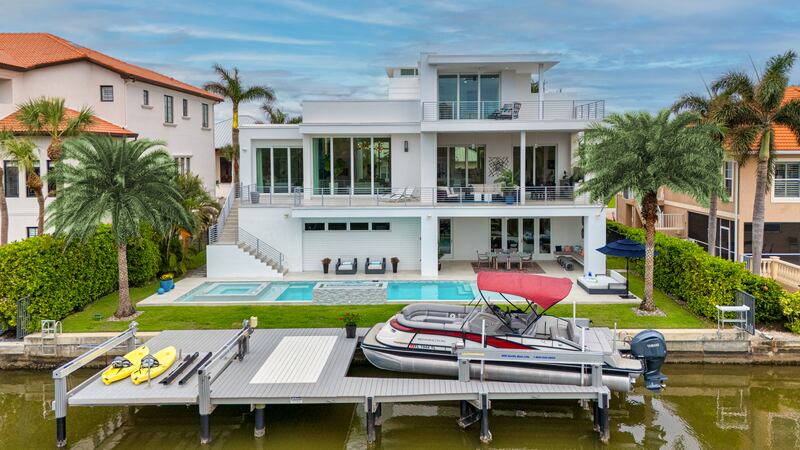
The city of Naples, on the Gulf of Mexico in southwest Florida, is home to nine miles of white sand beaches and an annual average temperature of 77 degrees. The region’s more than 260 days of sunshine each year, along with Florida’s low taxes, make the area enticing for luxury buyers and investors from around the world.
But Naples has also been hit with a series of extreme weather events in recent years, most notably Hurricane Ian, which devastated the region and caused an estimated $113 billion in property damage when it made landfall in September 2022. While hurricanes are a fact of life in the state of Florida, the difference now is that these storms are becoming more severe due to a changing climate, according to experts.
Even so, high net worth buyers seeking property in southwest Florida aren’t deterred, according to Ron Howard, EVP of John R. Wood Christie’s International Real Estate.
“Many of our luxury buyers just want the Florida lifestyle – the sun, our pristine beaches, our beautiful weather and tax benefits,” says Howard. “They understand the risk of extreme weather, but it isn’t always top of mind for many of them. Additionally, they have the means to build homes with features that mitigate issues from storms.”
In fact, Florida’s luxury real estate market tends to vault ahead following major hurricanes. A study in the Journal of Environmental Economics, which looked at nearly two decades of Florida property data, found that wealthier buyers tend to move in and push prices up following hurricanes. Furthermore, the study found that prices remain elevated for as long as three years after a storm.
Local luxury sales data following Ian and Irma – a less destructive southwest Florida hurricane – seem to bear this out. The Naples Daily News reported that property values in Collier County increased 20% in the year following Hurricane Ian, while median home prices edged up 5% YOY. One year following Irma, which made landfall in September 2017, sales for homes priced at $2 million and up increased by 20%, according to the Naples Area Board of REALTORS®.
For more trends and insights, read the 2025 Global Luxury Real Estate Forecast here.